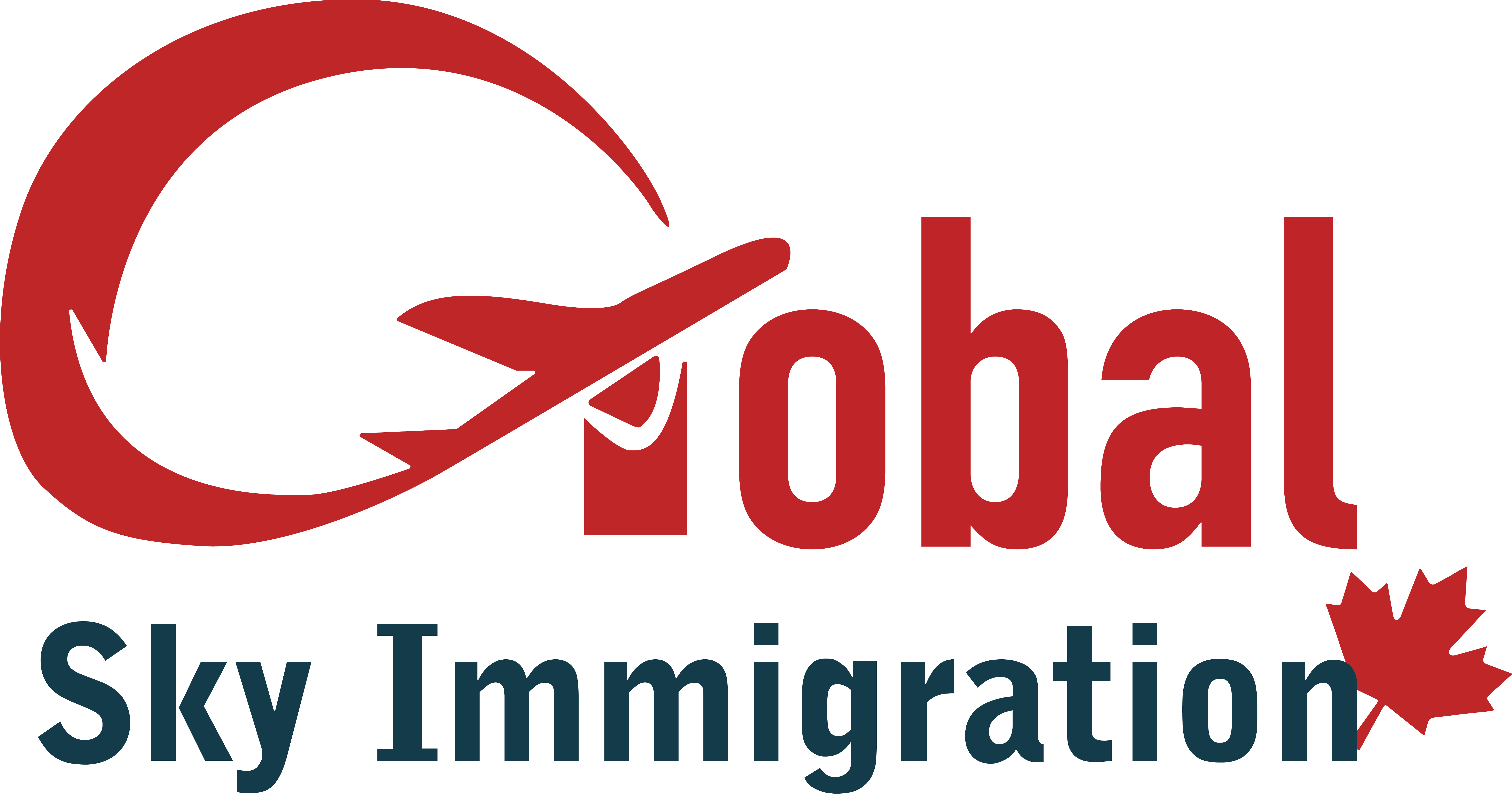Canada’s Immigration Minister, Marc Miller, announced that the cap on international student permits will remain in place. In 2025, only 437,000 study permits will be issued, a 10% drop from 2024’s target of 485,000. This will lead to 300,000 fewer permits over the next few years. Miller emphasized that not everyone who wants to come to Canada will be able to, as the immigration system needs to remain sustainable and well-managed.
Master’s and PhD students now need a Provincial Attestation Letter
The new cap includes Master’s and doctoral students, who must now obtain a Provincial Attestation Letter (PAL). About 12% of spaces will be reserved for these students due to their positive impact on the Canadian labour market. PALs were introduced earlier this year to help verify the authenticity of applications and stabilize study permits.
Changes to PGWP eligibility
New eligibility requirements for the Post-Graduation Work Permit (PGWP) have been announced. Starting November 1, university graduates must have a Canadian Language Benchmark (CLB) score of 7, while college graduates need a CLB of 5. Immigration Minister Miller anticipates this will lead to 175,000 fewer PGWPs issued over the next three years.
Limits for Spousal Open Work Permits
IRCC is tightening work permit eligibility for spouses of master’s degree students, limiting it to those in programs lasting at least 16 months. This change is projected to reduce spousal work permits by 50,000 over the next three years. Additionally, Spousal Open Work Permits will now only be available for spouses of Canadians or permanent residents working in critical sectors.
Impact on Temporary Foreign Worker Program
Canada’s unemployment rate has been rising since April 2023, increasing by 1.5 percentage points to 6.6%. In August 2024, there were 1.5 million unemployed people, up by 60,000 (+4.3%) from the previous month.
To address this, the government announced measures to reduce the number of temporary residents on work permits. Minister of Employment Randy Boissonnault emphasized that the Temporary Foreign Worker Program (TFWP) should be a last resort and not used to replace Canadian workers or drive down wages. He also highlighted that 99% of Canada’s economic growth relies on immigration, projected to reach 100% by 2032.
Changes to temporary and permanent resident levels in Canada
Canada’s immigration system has undergone significant changes this year.
In January, IRCC introduced the first cap on study permits, effective until the end of 2025. Each province received specific study permit allocations under this new cap, along with the PAL system.
This cap was paired with restrictions on Post-Graduation Work Permit (PGWP) eligibility. Now, only spouses of master’s and PhD students can apply for Spousal Work Permits, with some exceptions.
In March, Minister Miller announced that the 2025-2027 Immigration Levels Plan will include temporary resident levels. This aims to reduce the number of temporary residents on study or work permits.
Additional measures include:
- Ending the COVID-era policy that allowed visitors to apply for work permits from inside Canada.
- Pausing Labour Market Impact Assessments (LMIAs) in low-wage streams for jobs in areas with 6% unemployment or higher.
- Considering major changes to PGWP issuance, focusing on in-demand sectors.
Minister Miller is also exploring options to adjust permanent immigration levels, emphasizing significant changes over cosmetic ones. More details will be available soon.


